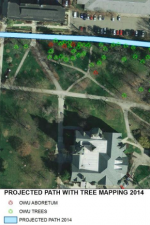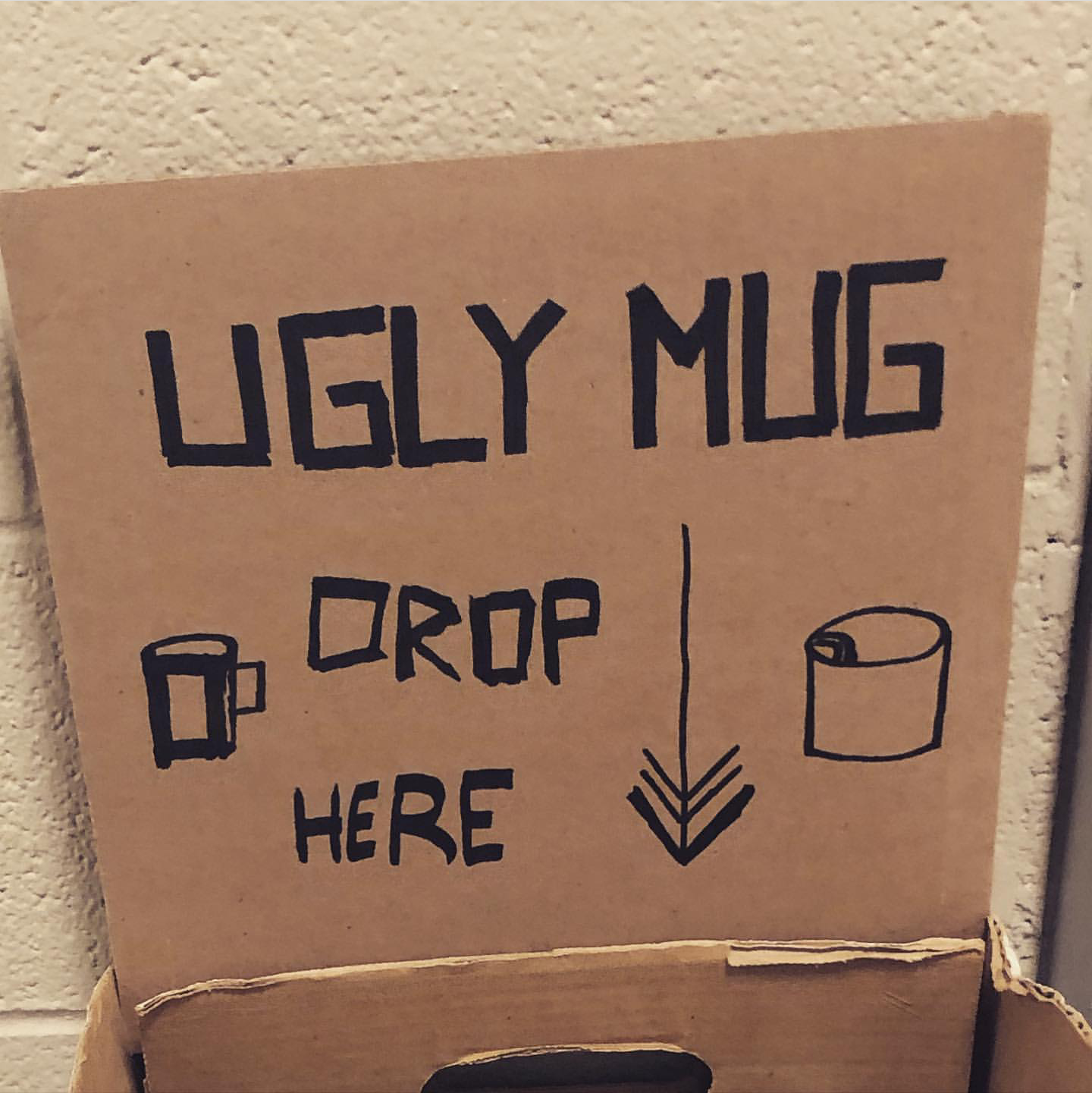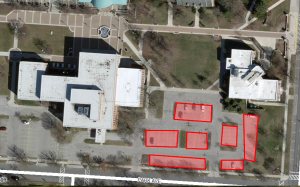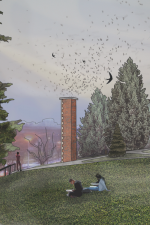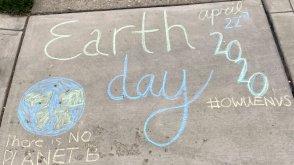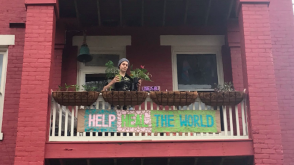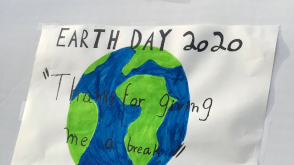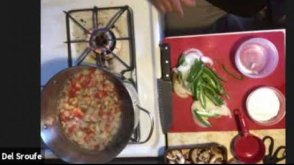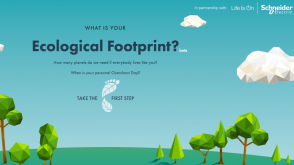OWU's 'Scrappy' Sustainability Plan- Meg Edwards
The new version is not yet complete, but the release of an updated Sustainability Plan is expected before 2021.
Our analysis is that the plan needs updated on two fronts. First, goals and benchmarks need to be updated to reflect our current progress since 2016. Second, the plan lacks mechanisms for accountability and follow through. These should be included in the updated plan and could include:
- An endorsement of the plan from the Board of Trustees
- Cost projections for specific projects, allowing the STF to budget for and execute these goals
- Fundraising plans and the creation of an account accessible to both students and faculty for sustainability projects
- Surveys to measure student engagement in sustainability efforts
- Ohio Wesleyan needs to follow Ohio State’s example in using empirical research to conduct a survey of students’ and partners’ environmental attitudes, habits, and priorities. This makes it possible to pursue projects that will better campus and the student experience.
- By working with economics students as well as E&S students, and in partnership with Alden Shepherd and Invenergy (a solar-energy group), the STF can build an analysis of the costs to making campus more sustainable- as well as the long-term costs of inaction.

